This year again, the National Museum of Natural History is offering a nighttime light stroll through the paths of the Jardn des Plantes (75005).
The sculptures are original creations made by scientists from the Museum. They are lit with low-consumption LED bulbs and produced by China Light Festival, a Chinese company from Sichuan, which uses the know-how of traditional lanterns to design light trails and immersive experiences.
For the 5th consecutive year, from November 22, 2023 and until January 21, 2024, a tribute was paid to nature thanks to dozens of gigantic statues of animals and plants that are animated and illuminated at nightfall. , After the seabed, the world of dinosaurs, and the world of the tiny, this year’s theme, the Jungle in the process of enlightenment, is an immersive walk in the middle of the tropical forests of the 4 continents (Asia, Oceania, South America). South and Africa) where we encounter felines, crocodiles, chameleons, giant flowers and an entire ecosystem with all the biodiversity of humid tropical regions. This is the opportunity to discover more than half of the world’s animal and plant species that live in the jungle, a world that evokes distant countries, unexplored forests but also the dangers and fear of the unknown. Of Indian origin, the word jungle represents wild nature and tropical rainforests. Its mild and warm climate supports strong biodiversity. However, species living in this warm climate will reach their tolerance threshold more quickly.
The role of tropical forests
Tropical forests have a role for climate and biodiversity. Made up of large trees, they are little impacted by humans and have developed freely and are home to old, large trees of varied species providing an environment conducive to plant and animal development. Climate regulator, forests are the second carbon sink after the oceans; they absorb 1/4 of the CO2 emitted on earth, thus limiting warming. Carbon is captured by photosynthesis and stored in wood, living matter and soil, constituting biomass. The greater this is, the greater the CO2 storage capacity, which is what makes tropical forests real carbon reserves.
The plant species in the exhibition
– The titan arum or Titan phallus, one of the largest inflorescences in the world. Its spadix, a spike-shaped part, can measure up to 3.5 meters high. The Titan arum is visible in large greenhouses. It is not a flower but it brings together thousands of tiny flowers. The first inflorescence occurs after around ten years, flowering is very short (barely 72 hours) and gives off the smell of decomposing corpses in order to attract its pollinator.
– Rafflesia arnoldii, the largest flower in the world, has a diameter of almost one meter and can weigh up to 10 kg. It is also a corpse flower that gives off a carrion smell to attract flies to devour them. Its unique flower with deep red petals inspired a Pokémon
– Wapas, one of the most common species in Guyana (more than 15% of the trees in the territory, are riparian trees, which grow along the banks of rivers. They have pink, flat, saber-shaped fruits which hang from the branches. When wapa pods burst, they release seeds which fall into the river, being carried away by the current and swallowed by fish.
– Nepenthes, carnivorous plants in the shape of urns, use branches to cling
– The orchid mantis, mainly present in Asia, merges with the butterfly orcid. She develops a certain mimicry thanks to the shape of her body and her white and pink colors. She hunts on the lookout, grabbing with her legs insects that pass by and land on her.
– Cannon wood or trumpet wood takes its name from its trunk, smooth and straight on the outside and hollow on the inside. It is a pioneer tree, one of the first species to be reborn after a fire or deforestation. Its rapid growth allows it to provide shelter for other plants. It is also one of the favorite beds of 3-toed sloths and ants.
Animal species in the exhibition
– The flying atlas oucobra is one of the largest butterflies in the world with wingspans of more than 20 centimeters. It takes its name from the tips of its red and brown wings which resemble the head of a snake. Caterpillars feed on foliage in order to store reserves before their metamorphosis. The adult does not have a mouth and its only purpose is to reproduce.
– The periophthalmus, a small fish that moves in water and on land, can spend several hours out of water breathing through its skin, like certain amphibians. It can also walk and hop on dry land or climb the roots of mangrove trees using its suction cup-shaped fins, located on its belly.
– The dendrobate, also called in English poison-dart frog, is an amphibian with bright colors (yellow and black) which allow them to warn their predators of their toxicity, this is what we call l aposematism.. The poison of the dendrobate is sometimes dangerous for humans because it comes from its diet made of insects carrying toxins, transformed to produce its own poison, used to poison the arrows of Native American hunters.
-The okapi, a mammal with black and white stripes on its hindquarters, is not a zebra. It is one of the giraffidae. The male, like his giraffe cousin, has 2 bony protuberances on his skull (ossicones). The okapi lives in the tropical forests of central Africa. It feeds on foliage using its long tongue and elongated neck.
Copyright©2023 IMPACT EUROPEAN. All rights reserved.
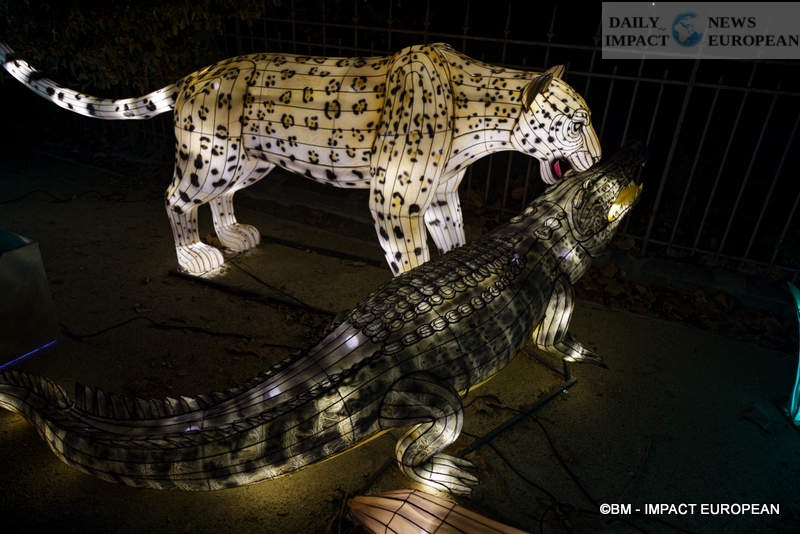
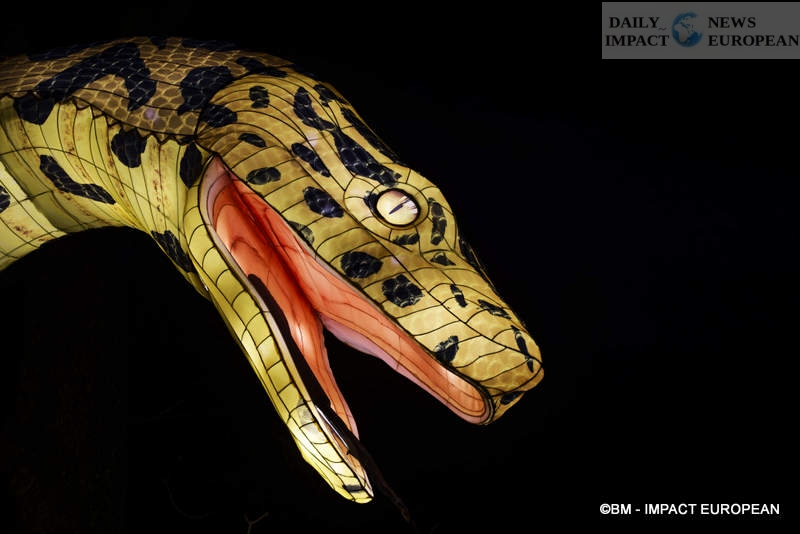
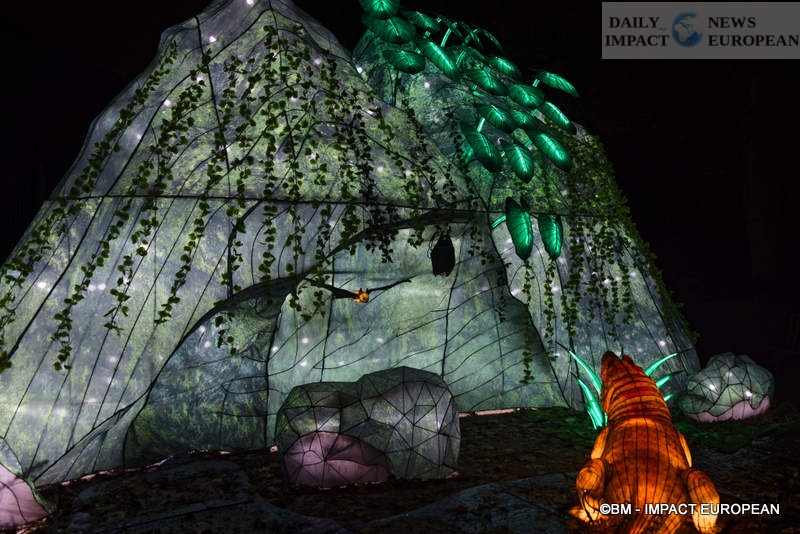
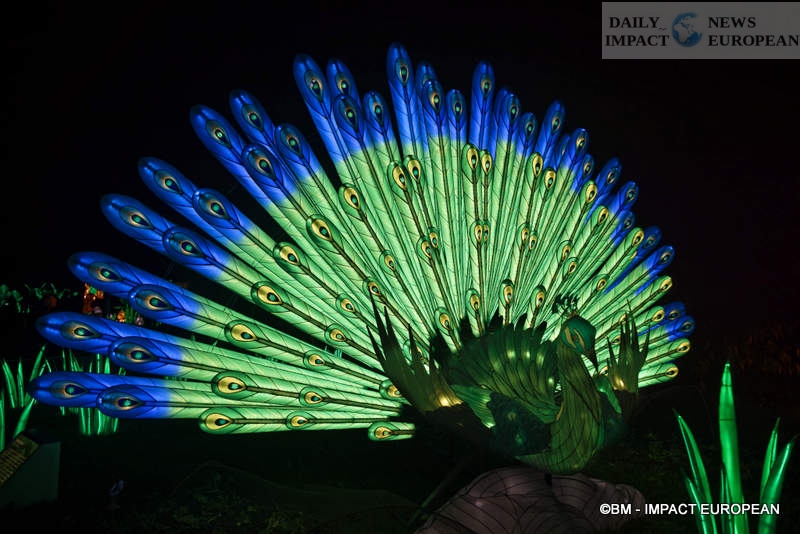
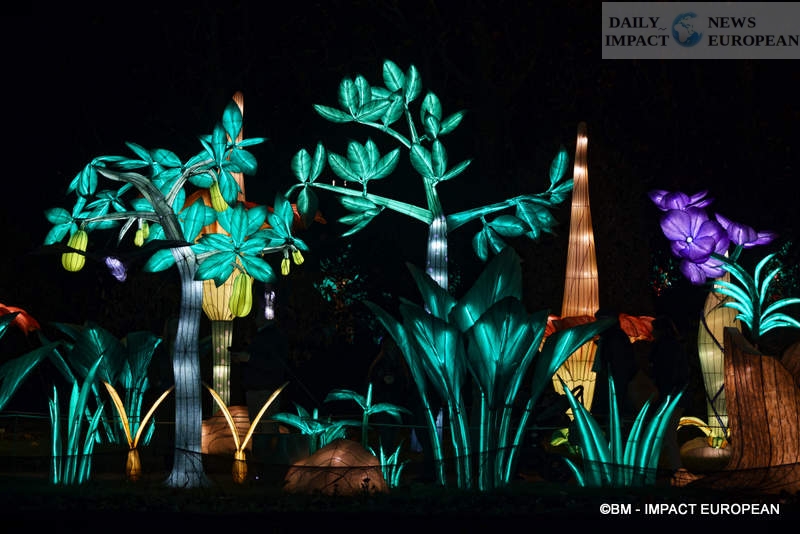
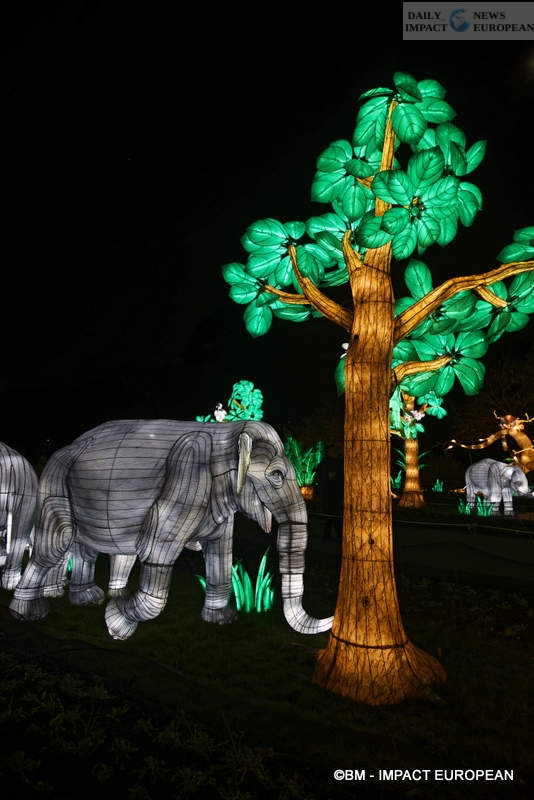
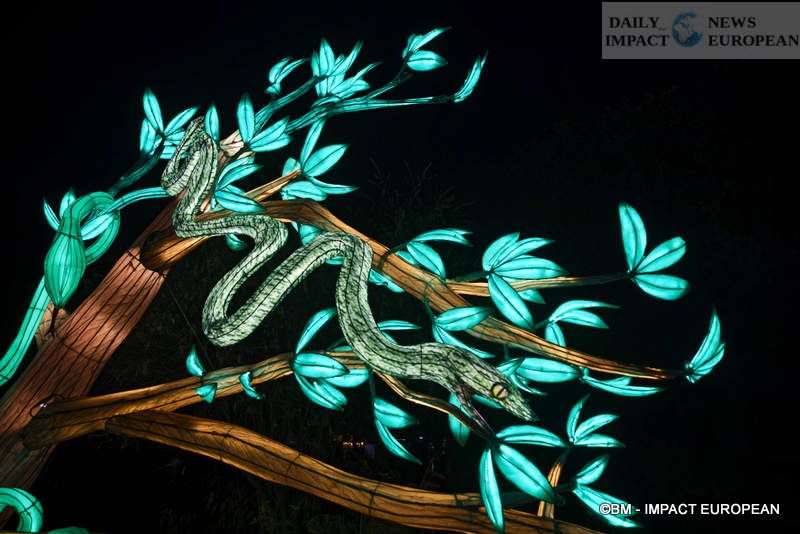
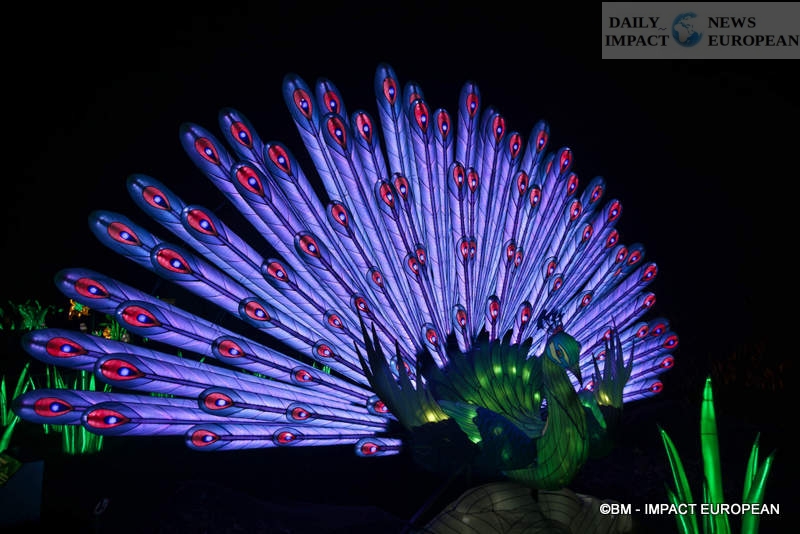
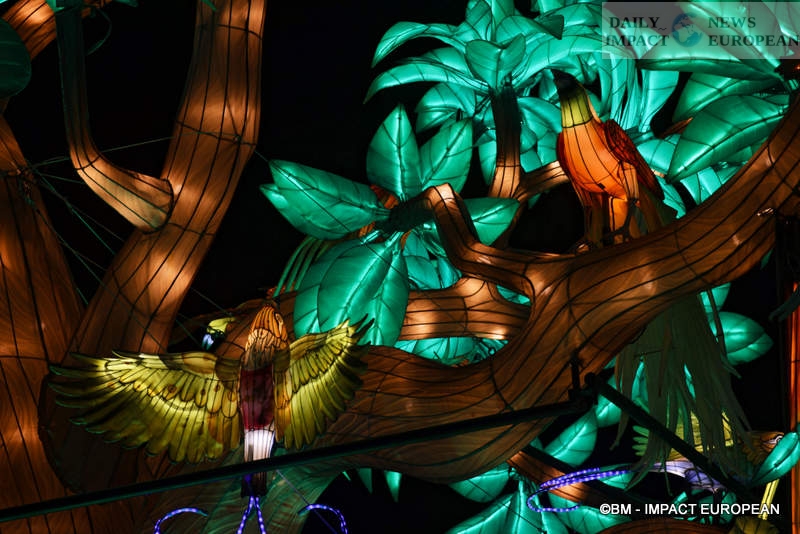

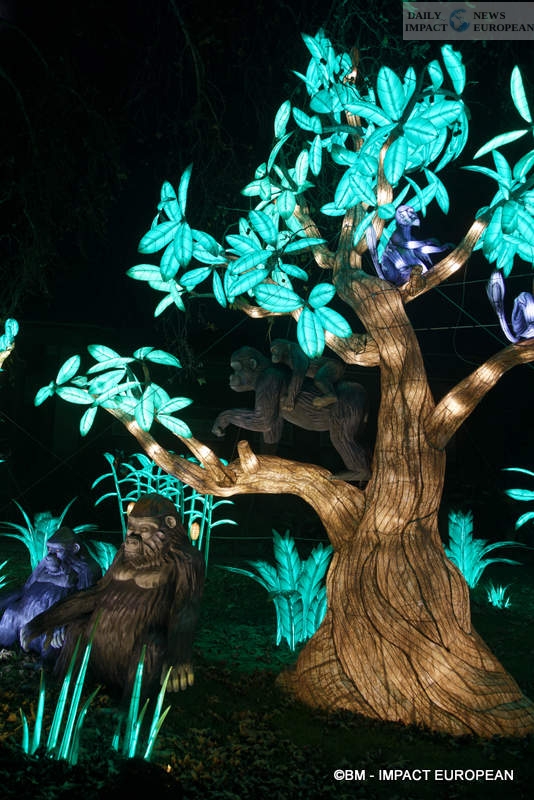

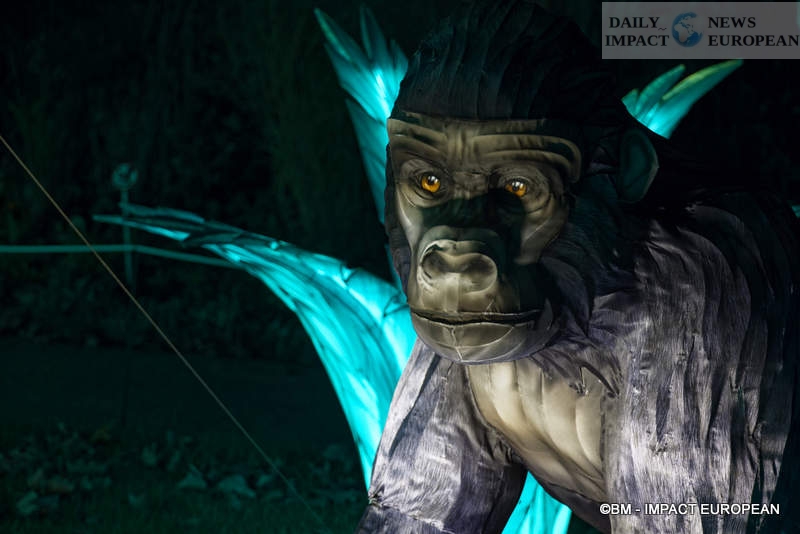
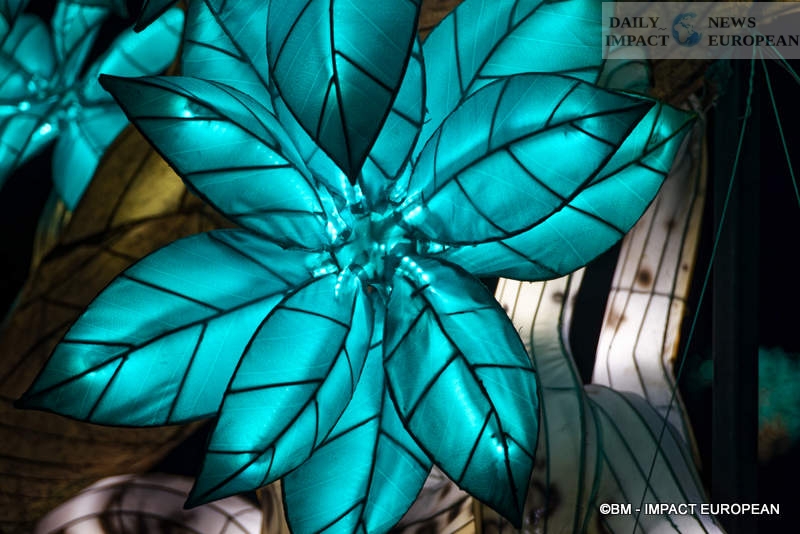


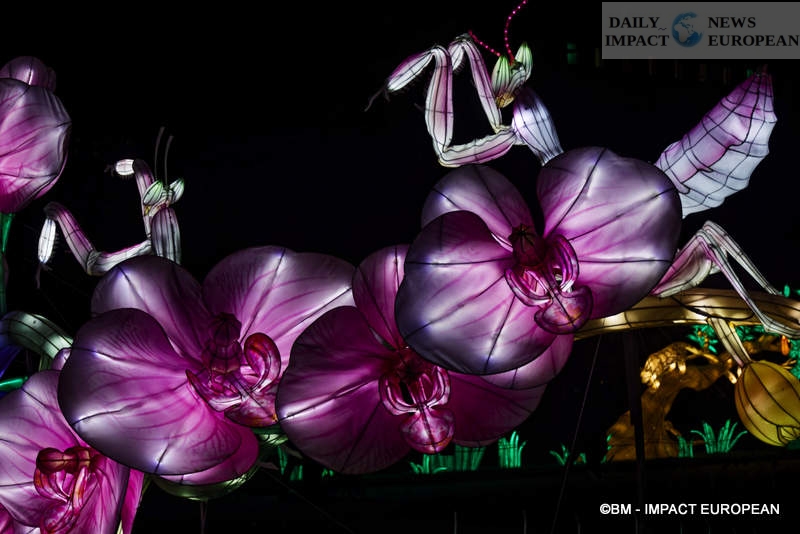
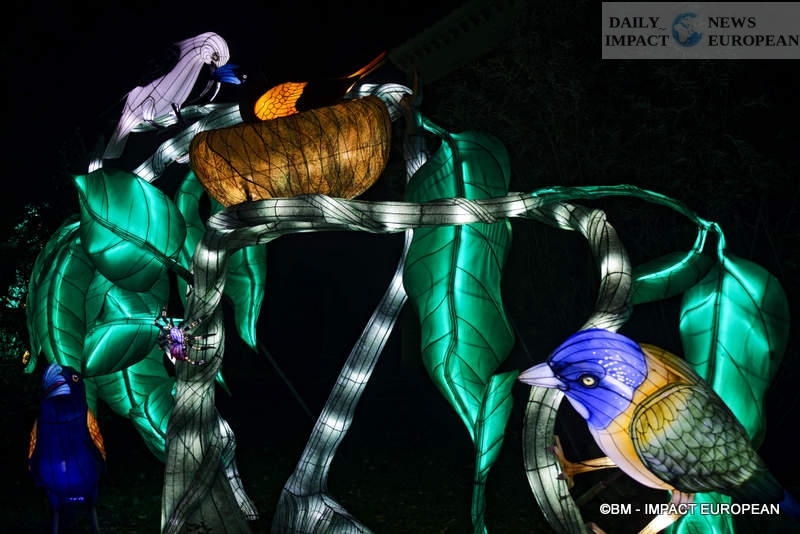
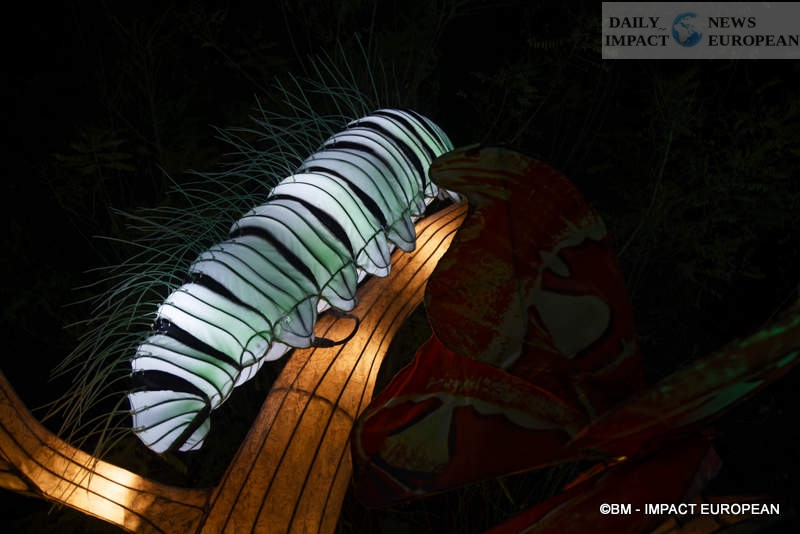

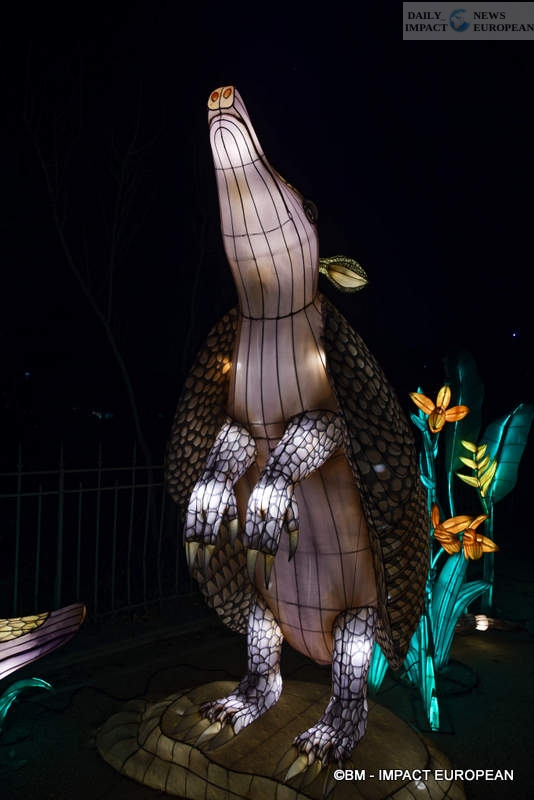

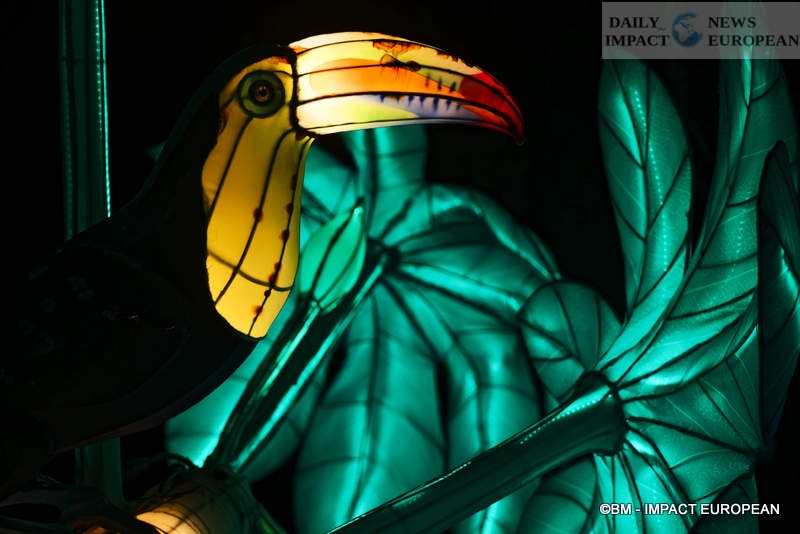
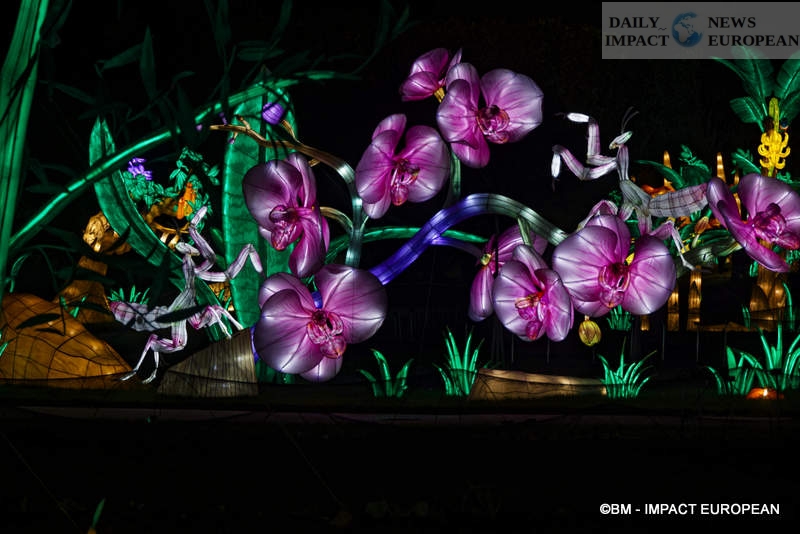

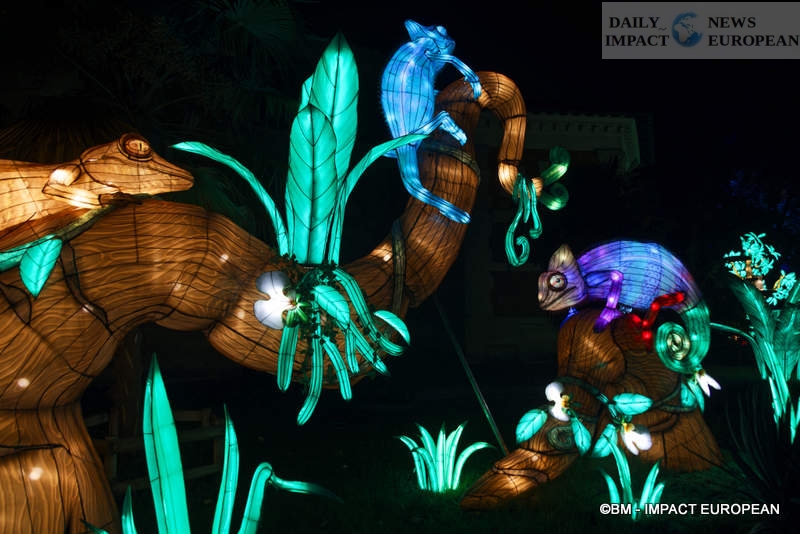
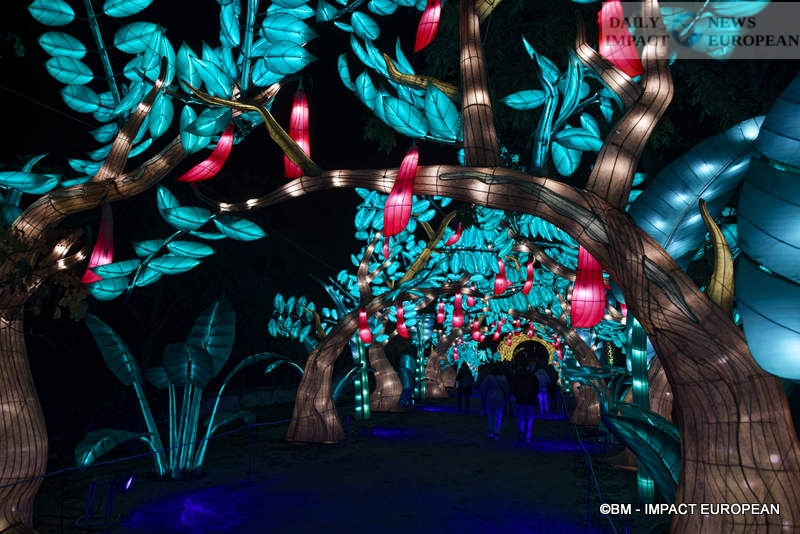
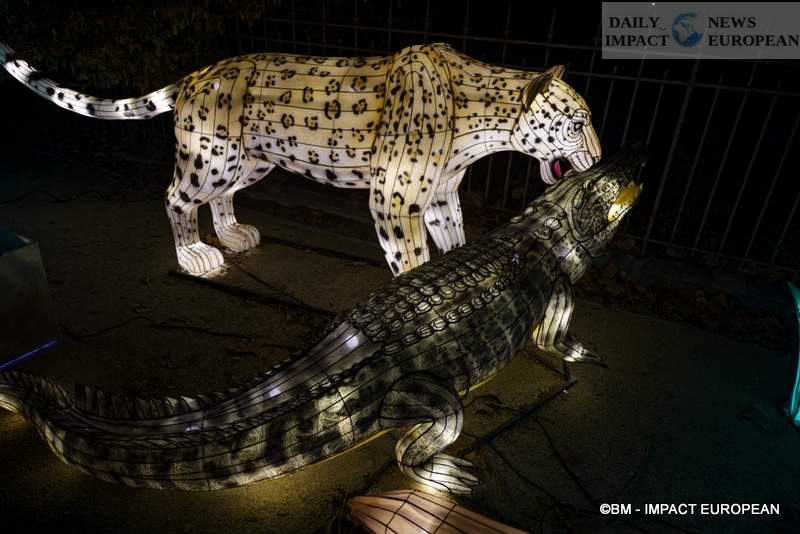
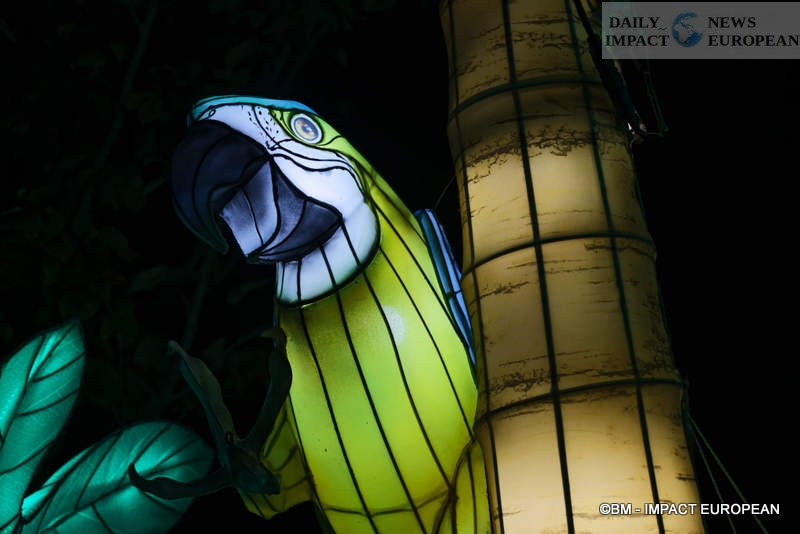
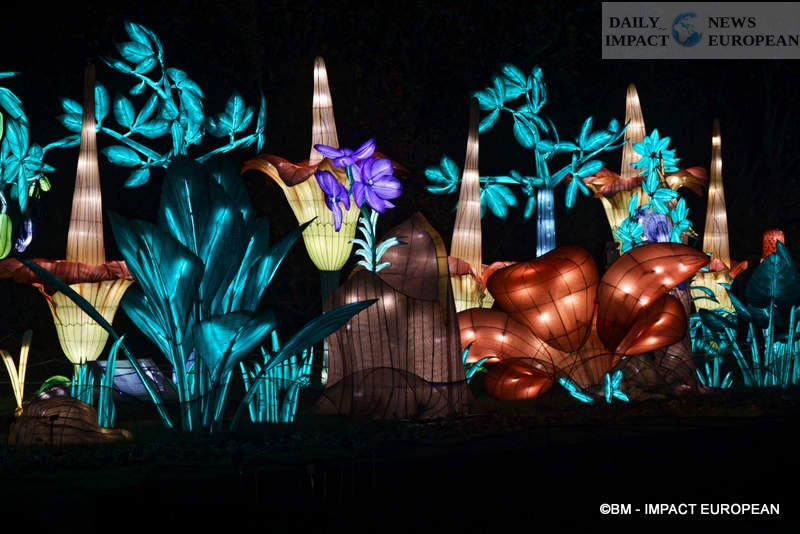
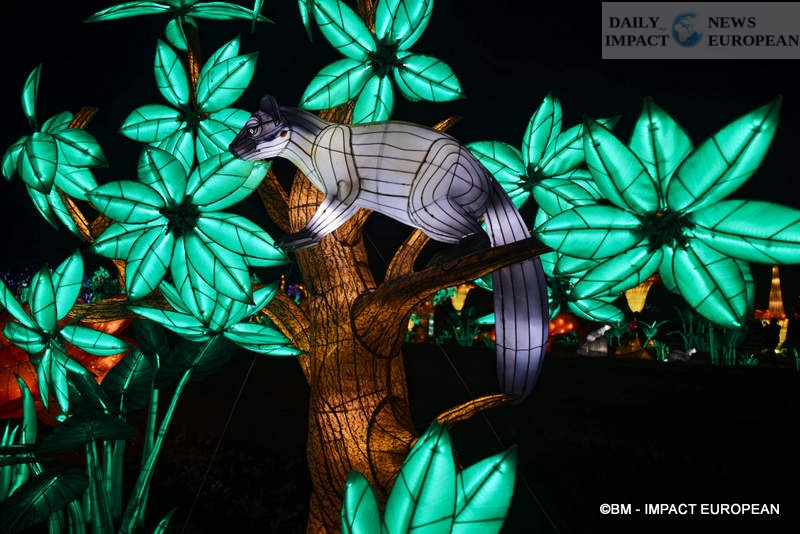
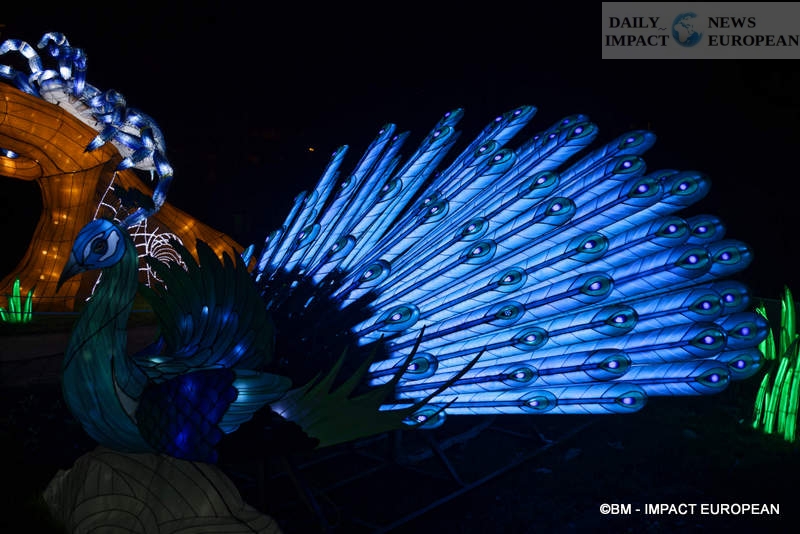
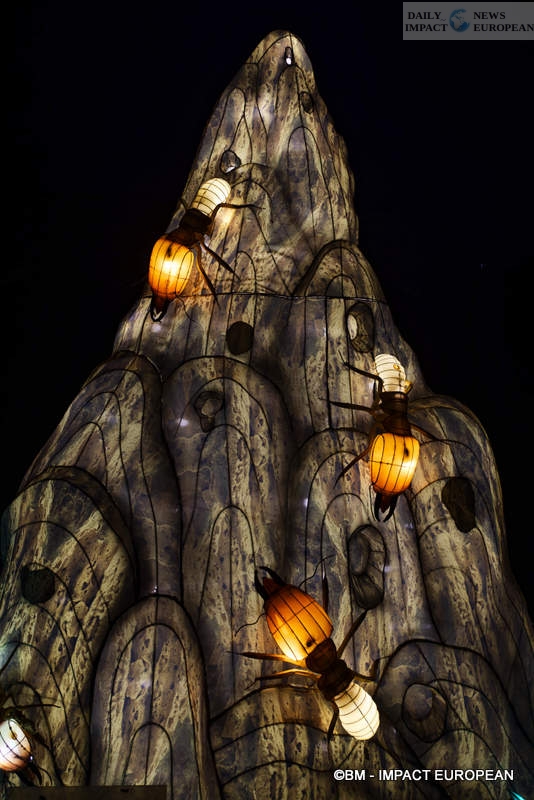
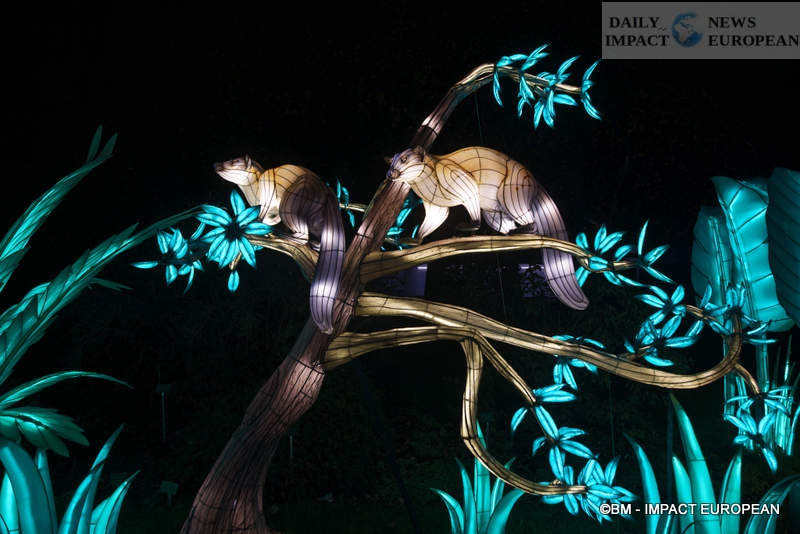
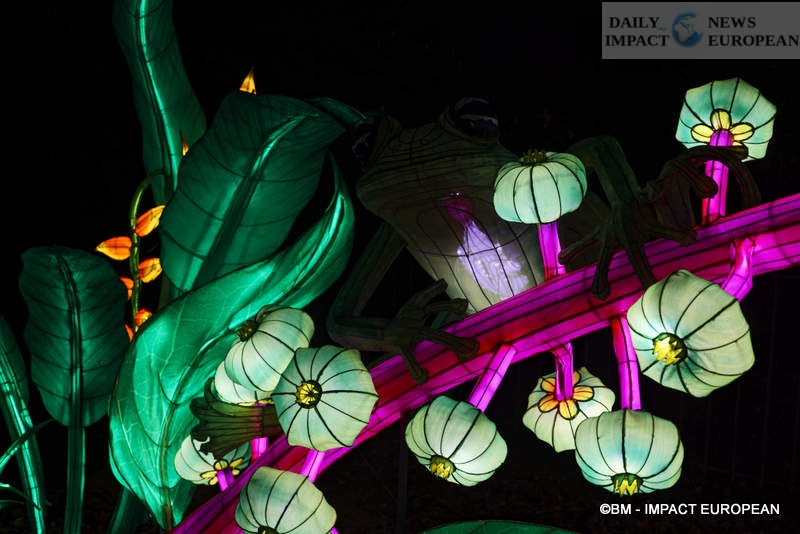
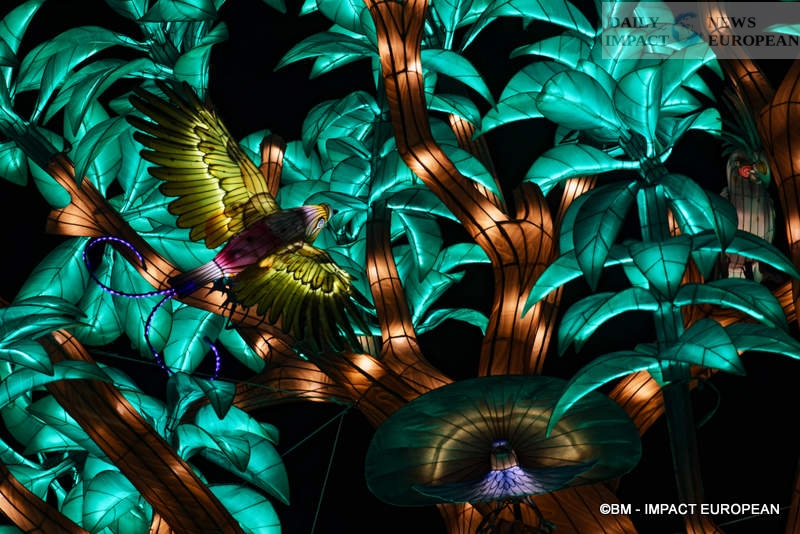
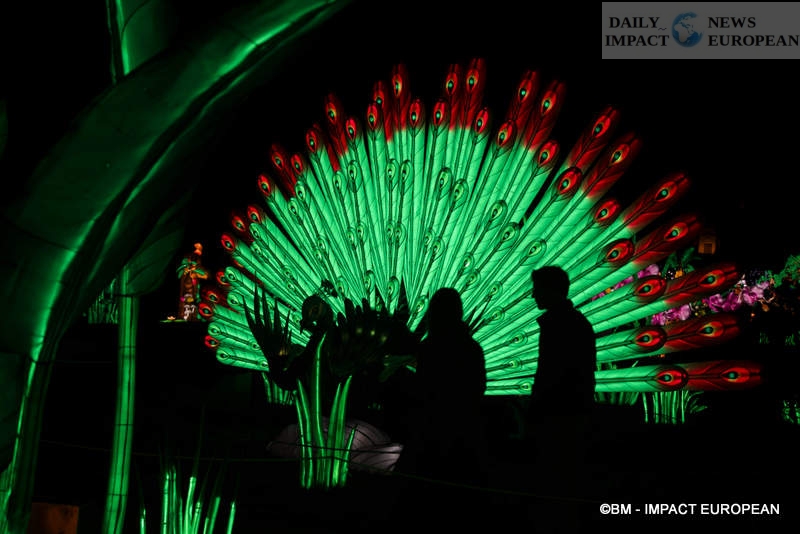
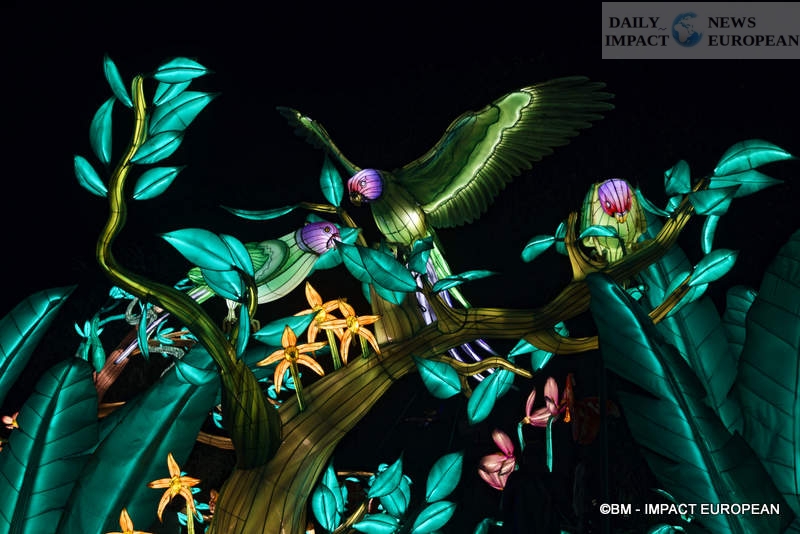
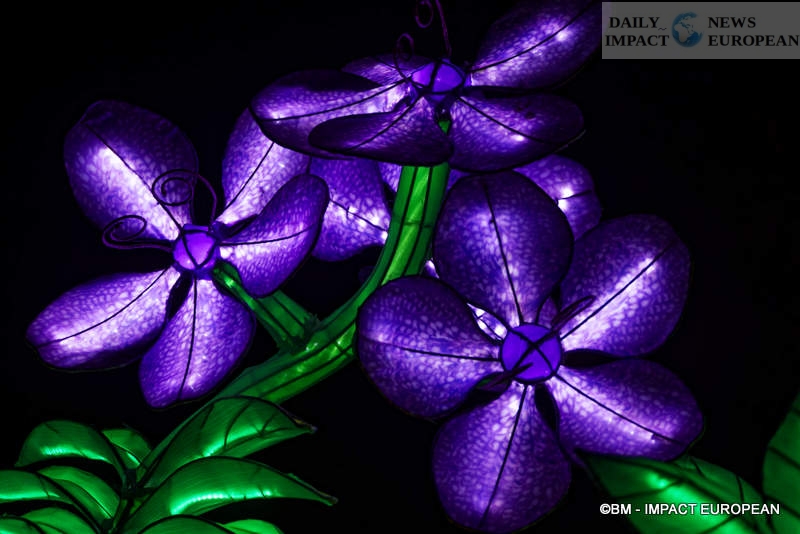

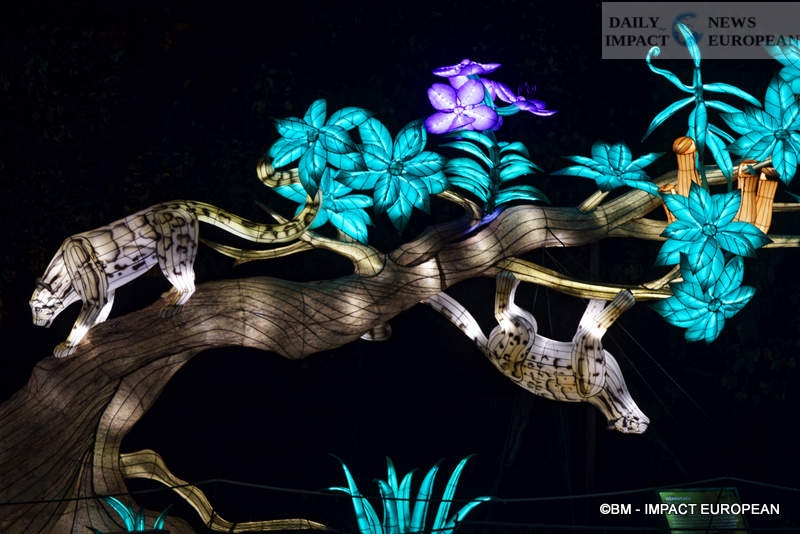
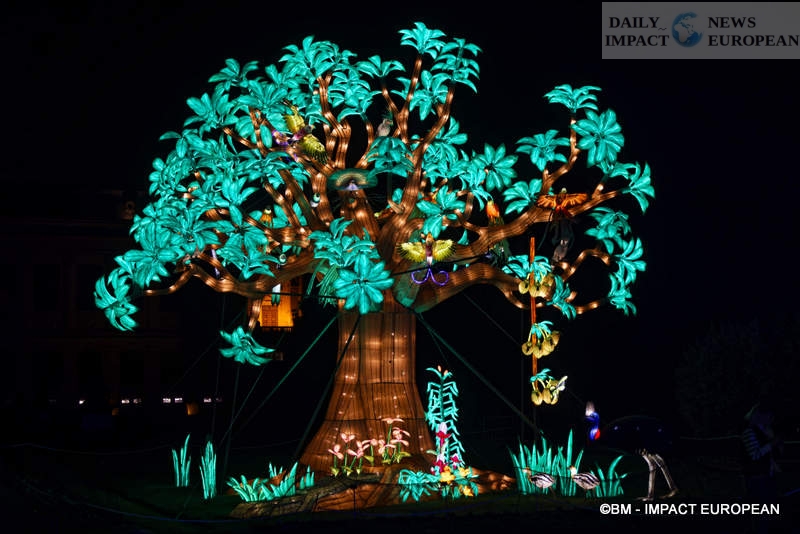
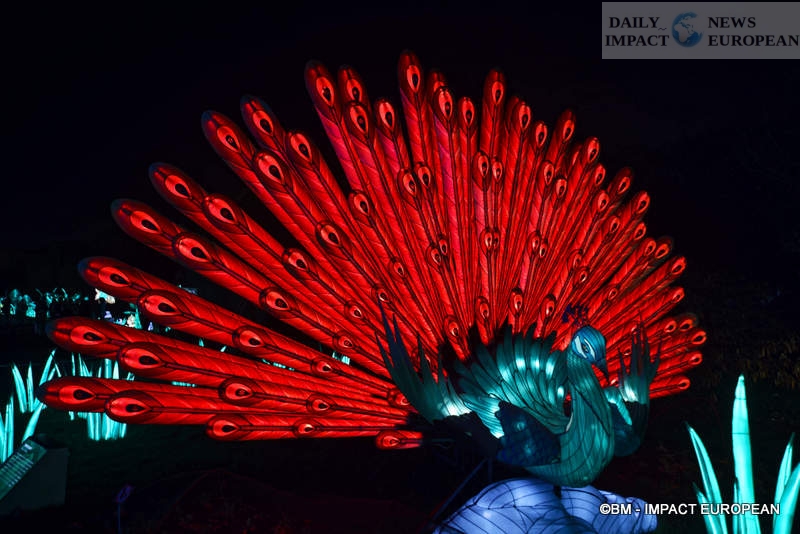
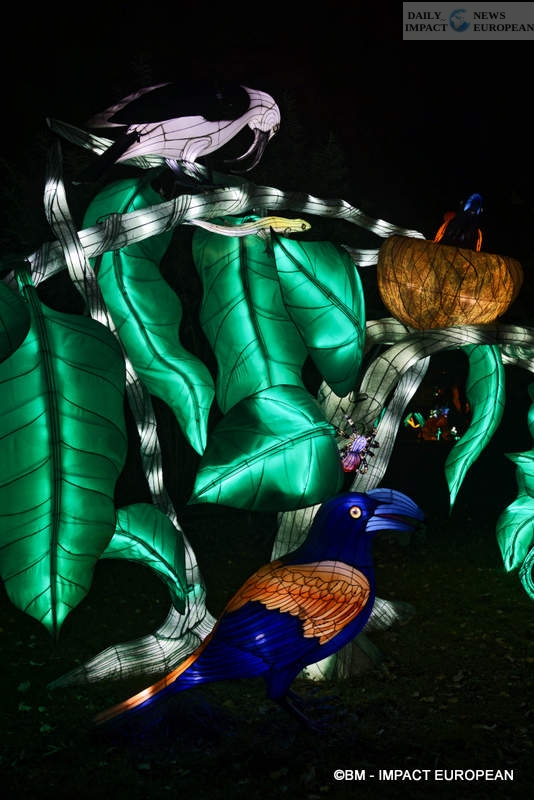
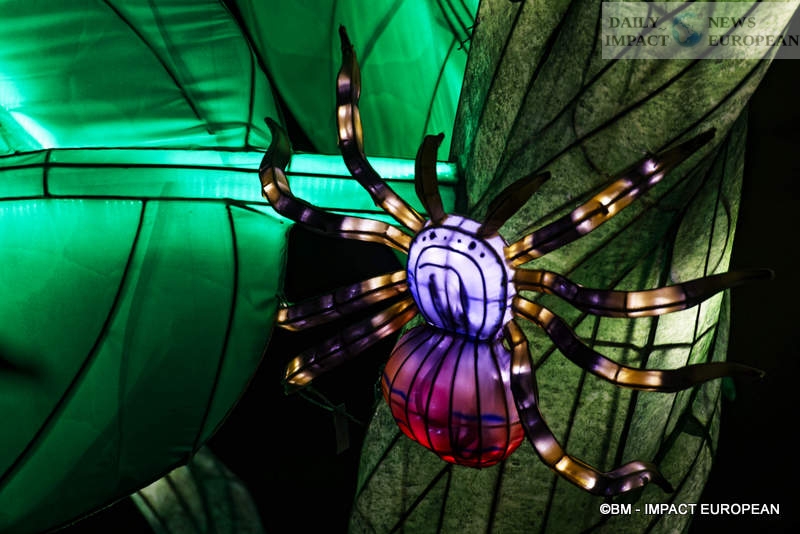
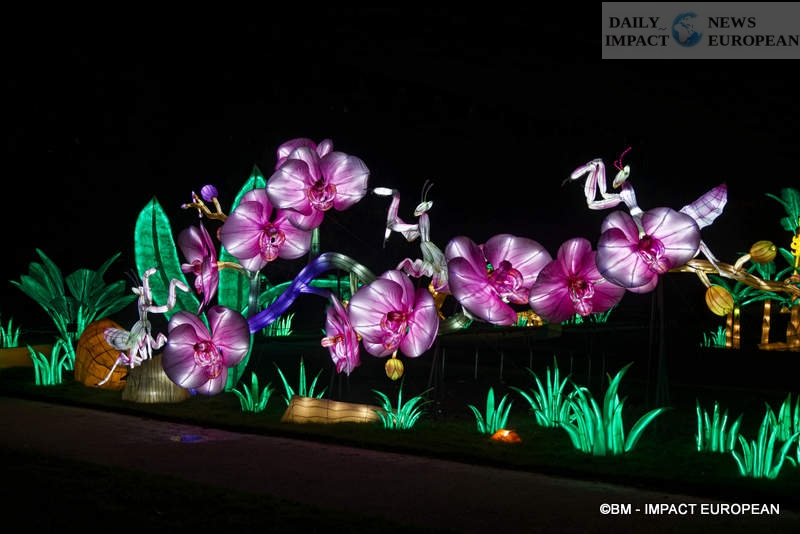
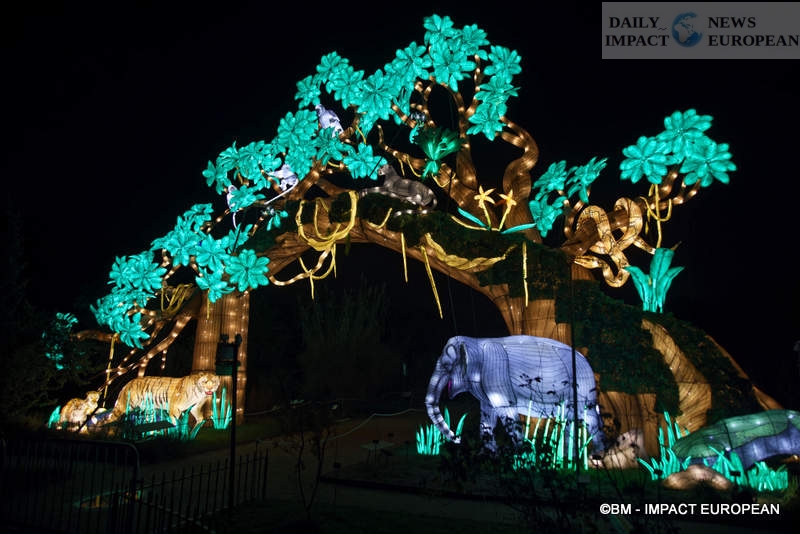
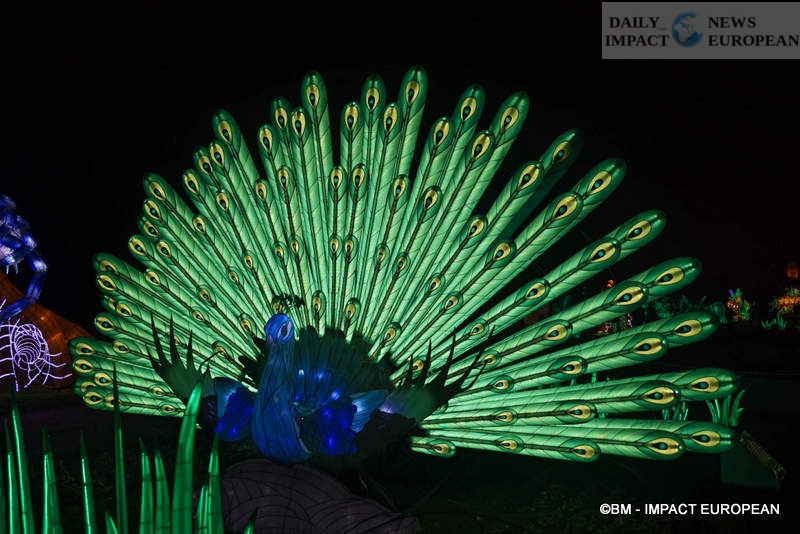
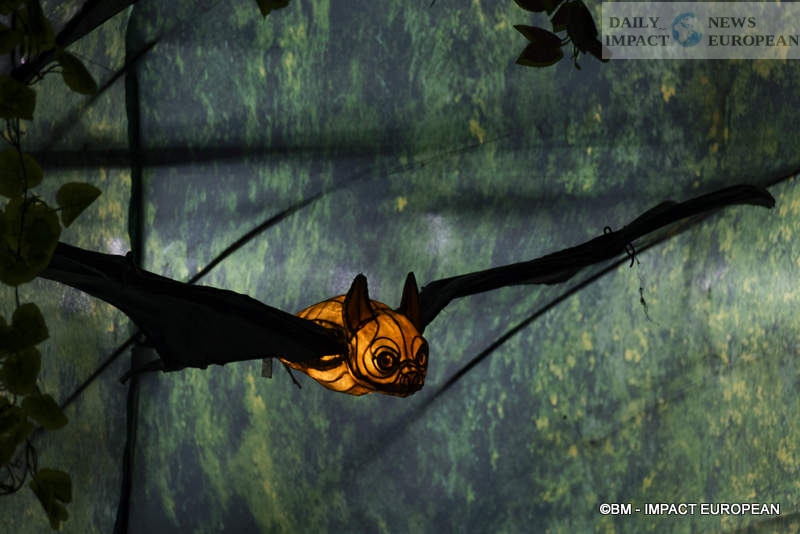
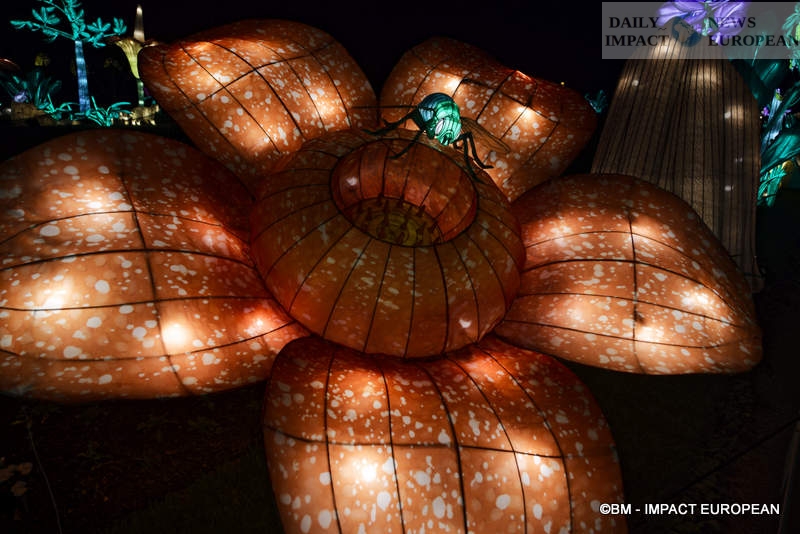
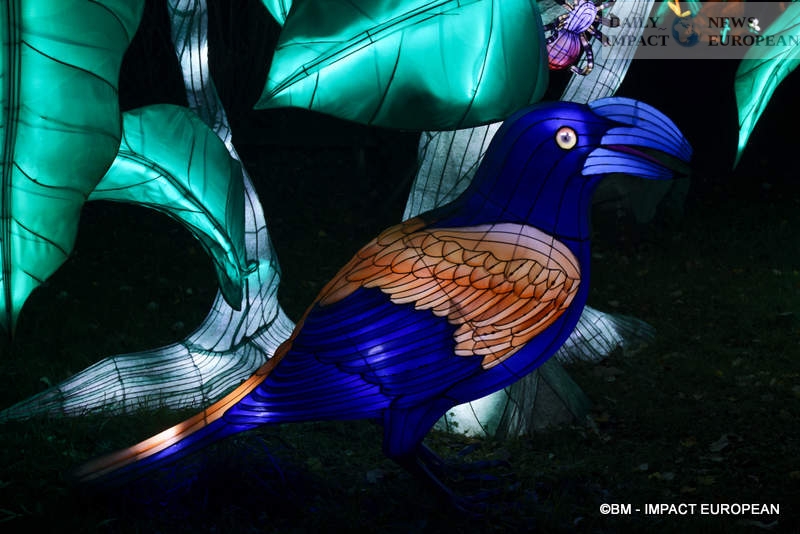
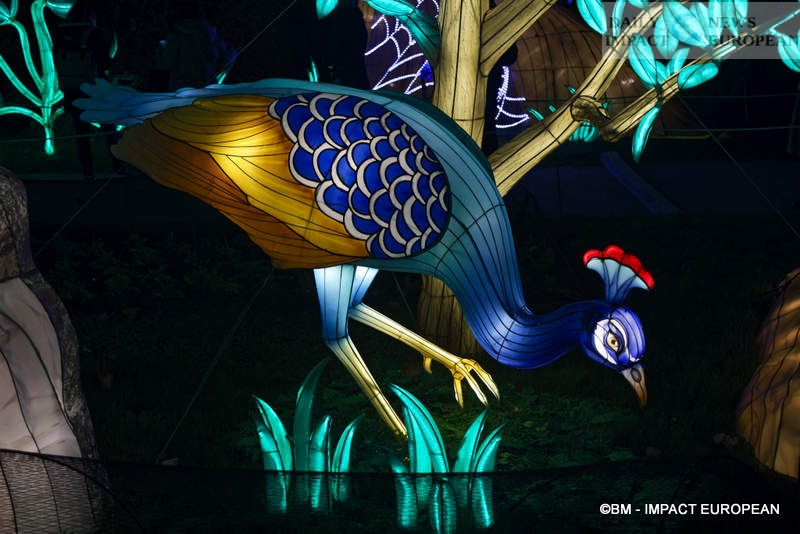
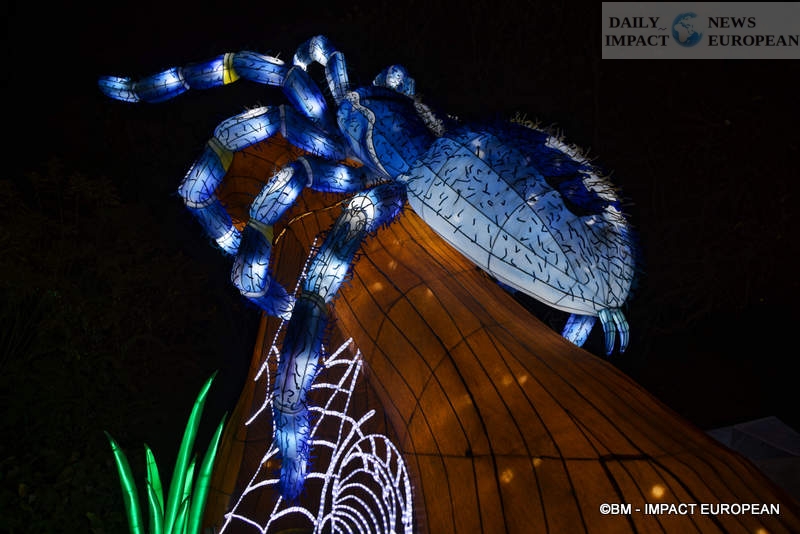
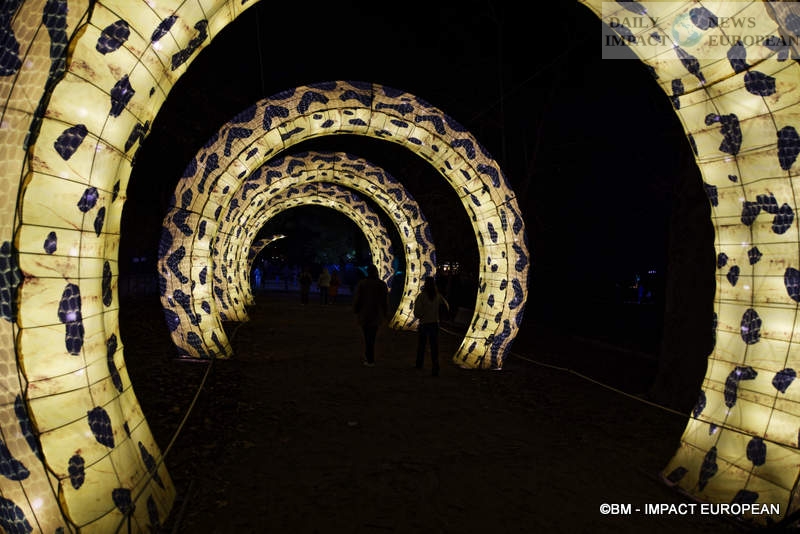
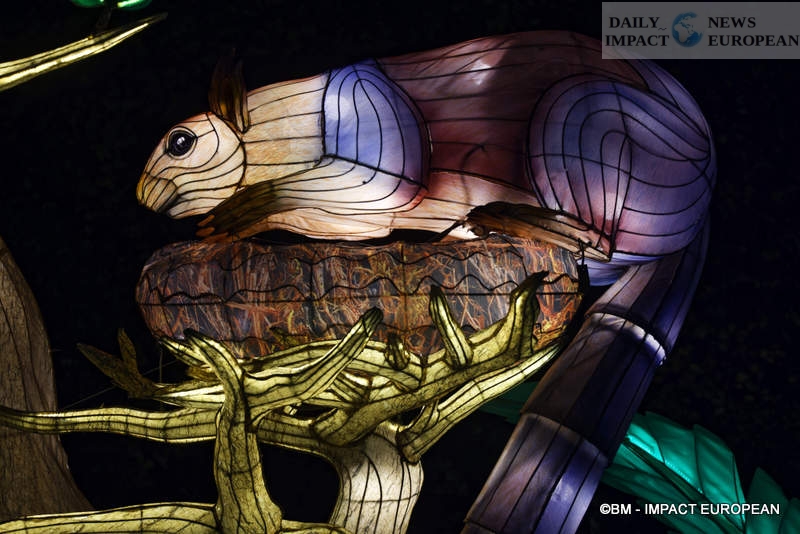
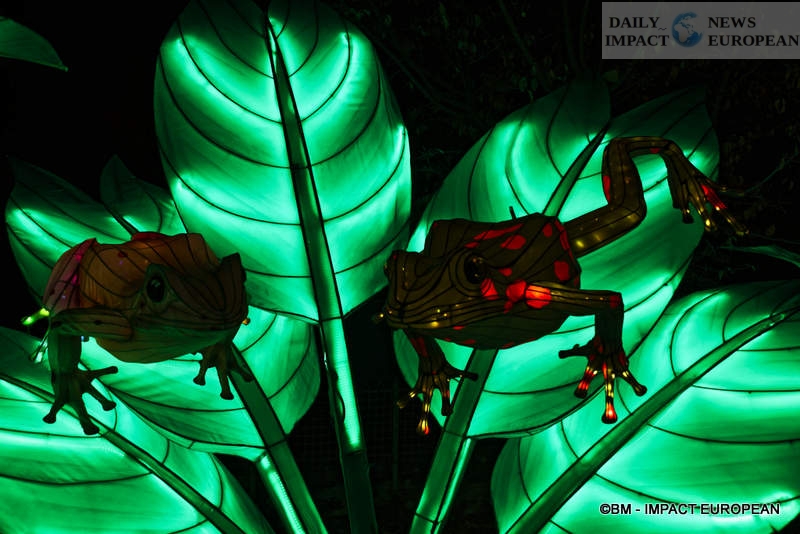
More Stories
Meeting between French and Israeli counterparts Emmanuel Macron and Isaac Herzog at the Élysée
“Dansong” at the Avignon Off Festival 2024
Olympic Flame at the Jardin du Musée Mac Val